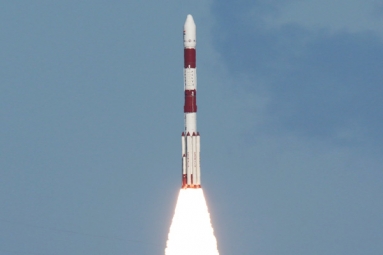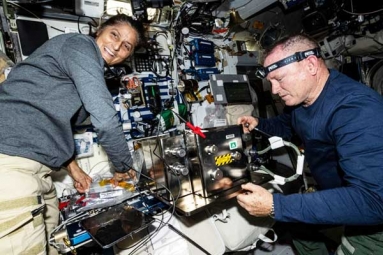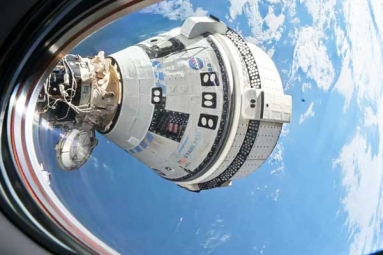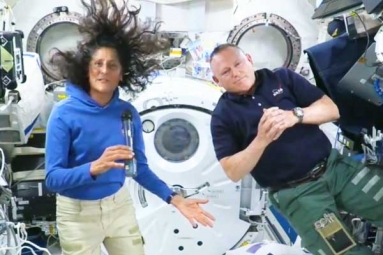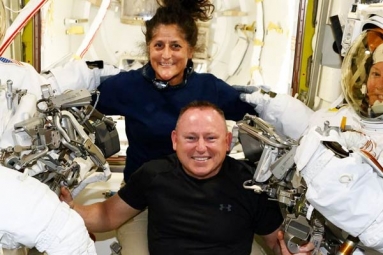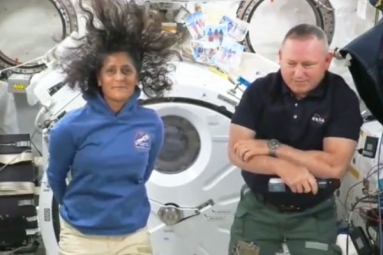
NASA scientists have found an explanation for how mysterious ‘spider’ features can develop on the surface of Mars.
Researchers have been struggling for decades to identify year-over-year changes in the spider-shaped features which occur naturally on the planets.
After studying images from NASA’s Mars Reconnaissance Orbiter spacecraft, the experts have identified that the first signs of growth, from one Martian spring to another, of channels that appear to be the early signs of spiders.
The space agency has confirmed using multiple channels, that the spiders range in size from tens to hundreds of yards, that typically converges at a central pit that resembles the legs and body of a spider.
NASA Climate Research Mission into Dillema!
Ganna Portyankina of the University of Colorado, said in a statement, "We have seen for the first time these smaller features that survive and extend from year to year, and this is how the larger spiders get started. These are in sand-dune areas, so we don't know whether they will keep getting bigger or will disappear under moving sand."
Scientists believe that dunes may be a factor in the formation of the baby spiders, but may also keep many of them from becoming full-scale spiders. In a paper published in the journal Icarus Portyankina and her co-authors had estimated that, based on the growth rate of the smaller troughs, it may take more than a thousand Martian years to sculpt a typical spider. A Martian year lasts about 1.9 Earth years.
Candice Hansen of the Planetary Science Institute, Tucson, Arizona, who is also a co-author of the report, stated “Much of Mars looks like Utah if you stripped away all vegetation, but 'spiders' are a uniquely Martian landform.”
The spidery terrain is there at the red planet’s south pole. Carbon dioxide ice or “dry ice”, which occurs naturally at Mars’ poles in winter, helps to create the spiders. Spring sunshine warms the ground underneath the ice, which causes some carbon dioxide to thaw into gas, that bursts out of the ice and erodes the ground.
By Prakriti neogi



